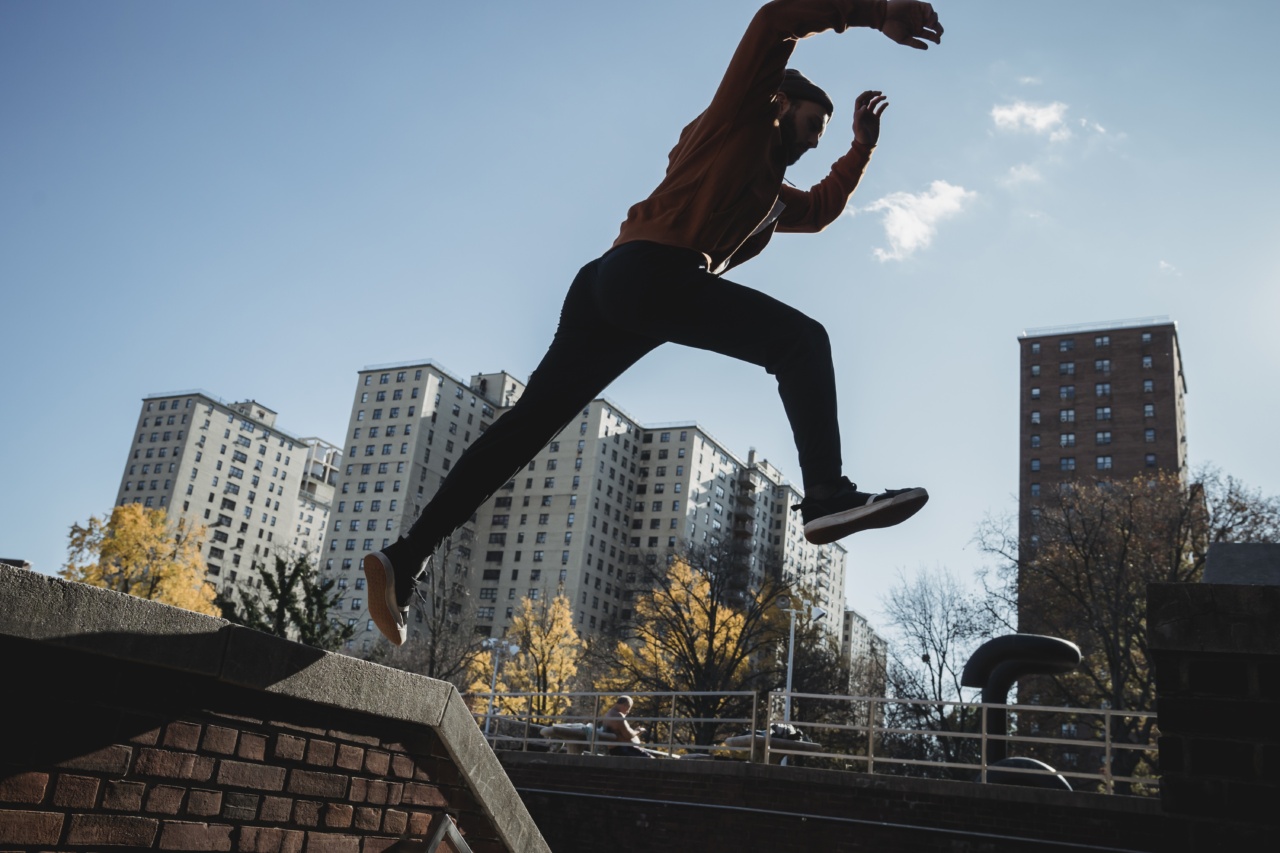As we age, nighttime urination, also known as nocturia, becomes more and more common.
While it is often seen as a normal part of the aging process, recent studies have shown that excessive nighttime urination could increase the risk of falls, especially in older adults. In this article, we will explore the link between nighttime urination and fall risk, as well as possible prevention measures that can be taken to reduce this risk.
What is Nocturia?
Nocturia is defined as waking up at least once during the night to urinate. It is often seen as a symptom of an underlying condition, such as an overactive bladder, urinary tract infection, or prostate enlargement in men.
However, in many cases, it is simply a natural part of the aging process, as the bladder muscles weaken and become less effective at holding urine.
The Link between Nocturia and Fall Risk
While nocturia may seem like a minor inconvenience, it can have serious consequences for older adults, especially those with mobility issues.
Studies have shown that nocturia is strongly associated with an increased risk of falls, both at night and during the day.
There are several reasons why nocturia can increase fall risk. First, getting up to use the bathroom at night increases the risk of tripping or losing balance, especially if the person is groggy or disoriented.
Second, frequent nighttime urination can disrupt sleep patterns and lead to daytime fatigue, which can in turn increase the risk of falls. Finally, nocturia may be a symptom of an underlying condition, such as an overactive bladder or prostate enlargement, that can also increase fall risk.
A recent study published in the Journal of the American Geriatrics Society found that older adults with nocturia were almost twice as likely to fall compared to those without the condition.
The study also found that the risk of falling increased with the frequency of nocturia episodes.
Preventing Falls in Older Adults with Nocturia
Fortunately, there are several measures that can be taken to reduce fall risk in older adults with nocturia:.
1. Minimize Nighttime Tripping Hazards
One of the simplest ways to reduce fall risk is to minimize tripping hazards in the bedroom and bathroom. This can include removing clutter, securing loose rugs, and installing nightlights to illuminate the path to the bathroom.
2. Consider Assistive Devices
If mobility is an issue, consider using assistive devices such as grab bars or a raised toilet seat. These can provide additional support and stability when getting up and sitting down.
3. Improve Sleep Quality
Improving sleep quality can also reduce fall risk. This can involve limiting fluids before bedtime, avoiding caffeine and alcohol, and creating a comfortable sleeping environment.
4. Address Underlying Conditions
If nocturia is a symptom of an underlying condition, such as an overactive bladder or prostate enlargement, treating that condition can also reduce fall risk. This may involve medications, behavioral interventions, or surgical procedures.
5. Exercise Regularly
Regular exercise can help improve balance and coordination, reducing the risk of falls. Exercise can also improve bladder control and reduce the frequency of nocturia episodes.
6. Consult With a Healthcare Provider
If you or a loved one is experiencing frequent nighttime urination, it is important to consult with a healthcare provider. They can help identify any underlying conditions and provide advice on preventing falls and improving bladder control.
Conclusion
Nocturia is a common condition that affects many older adults. While it may seem like a minor inconvenience, it can have serious consequences for fall risk, especially in those with mobility issues.
By taking steps to reduce fall risk and improve bladder control, older adults with nocturia can minimize the negative effects of this condition and maintain their independence and quality of life.




























